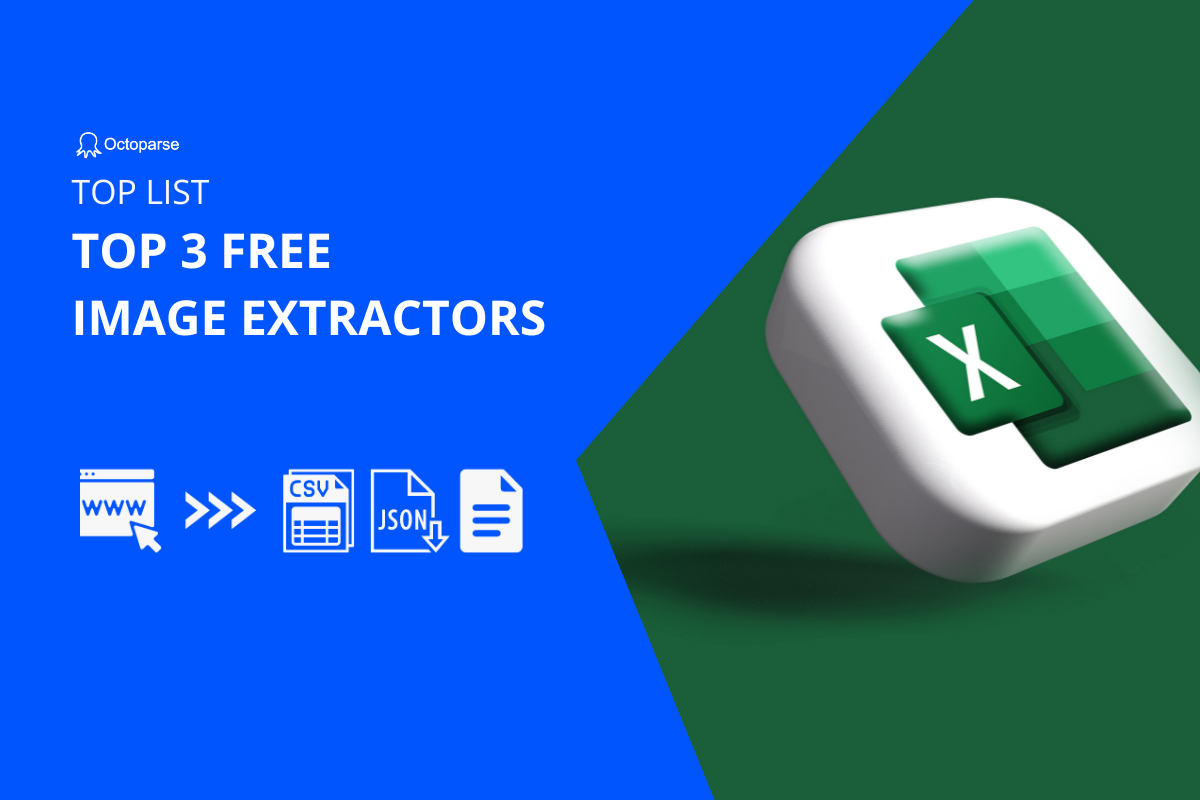
Understanding Image Extraction: More Than Just Downloading Pictures
Imagine you‘ve discovered an incredible website filled with stunning visuals – photographs that inspire, graphics that communicate complex ideas, or illustrations that spark your creativity. Your first instinct? You want to save those images. But how do you efficiently and legally extract them from the web?
Image extraction isn‘t just about clicking "save" anymore. It‘s a sophisticated technological dance involving web scraping, browser technologies, legal considerations, and ethical practices. This comprehensive guide will walk you through everything you need to know about retrieving images from websites, whether you‘re a developer, designer, researcher, or digital enthusiast.
The Evolution of Image Extraction Technologies
Web image extraction has transformed dramatically over the past decade. What once required complex programming skills can now be accomplished with user-friendly tools and browser extensions. The journey from manual screenshot techniques to advanced AI-powered extraction methods reflects the rapid technological innovation in digital content retrieval.
Technical Foundations of Image Extraction
At its core, image extraction involves several intricate technical processes. Web browsers render complex HTML documents containing image references, and extraction tools must navigate these structures efficiently and accurately.
How Web Browsers Store and Display Images
When a webpage loads, images are referenced through specific HTML tags, typically the <img> element. These tags contain crucial metadata like source URLs, alternative text, and dimensions. Image extraction tools parse these tags, identifying and retrieving the associated image resources.
Sample HTML Image Reference
<img src="https://example.com/image.jpg"
alt="Descriptive image text"
width="800"
height="600">Extraction Mechanisms: Beyond Simple Downloads
Modern image extraction involves multiple sophisticated approaches:
Direct URL Retrieval
Simplest method involving direct URL extraction from image source attributes. Suitable for straightforward, publicly accessible images.JavaScript-Rendered Content Extraction
More complex scenario where images are dynamically loaded using JavaScript. Requires advanced parsing techniques that can execute and interpret client-side scripts.CSS Background Image Detection
Captures images embedded as CSS background properties, often used in modern web design for decorative elements.
Top Image Extraction Tools in 2024
Octoparse: Comprehensive Web Scraping Solution
Octoparse represents a pinnacle of user-friendly image extraction technology. Its visual interface allows even non-technical users to create sophisticated extraction workflows without writing complex code.
Key Features:
- No-code task configuration
- Cross-platform compatibility
- Cloud-based scheduling
- Advanced filtering mechanisms
OWIDIG: Specialized Image Retrieval Platform
OWIDIG offers nuanced image extraction capabilities, supporting multiple protocols and providing granular filtering options. Its strength lies in handling diverse website architectures and image embedding techniques.
Browser Extensions: Instant Extraction Convenience
Browser-based tools like "Download All Images" provide immediate, user-friendly image retrieval. These extensions integrate directly into your web browsing experience, offering one-click extraction functionality.
Legal and Ethical Considerations
Image extraction isn‘t just a technical challenge – it‘s a complex ethical landscape. Understanding copyright, intellectual property rights, and usage permissions is crucial.
Copyright Fundamentals
- Always verify image usage rights
- Respect original creator‘s intellectual property
- Obtain necessary permissions for commercial use
- Understand fair use doctrine
Ethical Extraction Practices
- Use extraction tools responsibly
- Avoid scraping personal or sensitive images
- Provide proper attribution
- Follow website terms of service
Advanced Extraction Techniques
Machine Learning Enhanced Retrieval
Emerging artificial intelligence technologies are revolutionizing image extraction:
- Improved semantic understanding
- Intelligent content filtering
- Automated metadata generation
- Enhanced recognition of complex image embeddings
Performance Optimization Strategies
Efficient image extraction requires sophisticated technical approaches:
- Implement parallel processing
- Use intelligent caching mechanisms
- Minimize unnecessary network requests
- Optimize memory management
Practical Implementation Guide
Step-by-Step Extraction Process
- Identify Target Website
- Analyze Page Structure
- Select Appropriate Extraction Tool
- Configure Extraction Parameters
- Execute Retrieval
- Verify and Validate Results
Future of Image Extraction Technologies
The landscape continues evolving rapidly. Anticipated developments include:
- AI-powered semantic extraction
- Blockchain-verified image sourcing
- Enhanced privacy protection mechanisms
- Real-time content analysis tools
Conclusion: Navigating the Digital Visual Landscape
Image extraction represents a fascinating intersection of technology, creativity, and ethical considerations. By understanding the underlying principles, tools, and best practices, you can responsibly and effectively retrieve visual content.
Remember, the goal isn‘t just downloading images – it‘s about understanding and respecting the rich digital ecosystem that creates and shares visual experiences.
Final Recommendations
- Choose tools aligned with your specific needs
- Prioritize legal and ethical considerations
- Stay curious and continue learning
- Respect content creators‘ rights
Happy image extracting!










